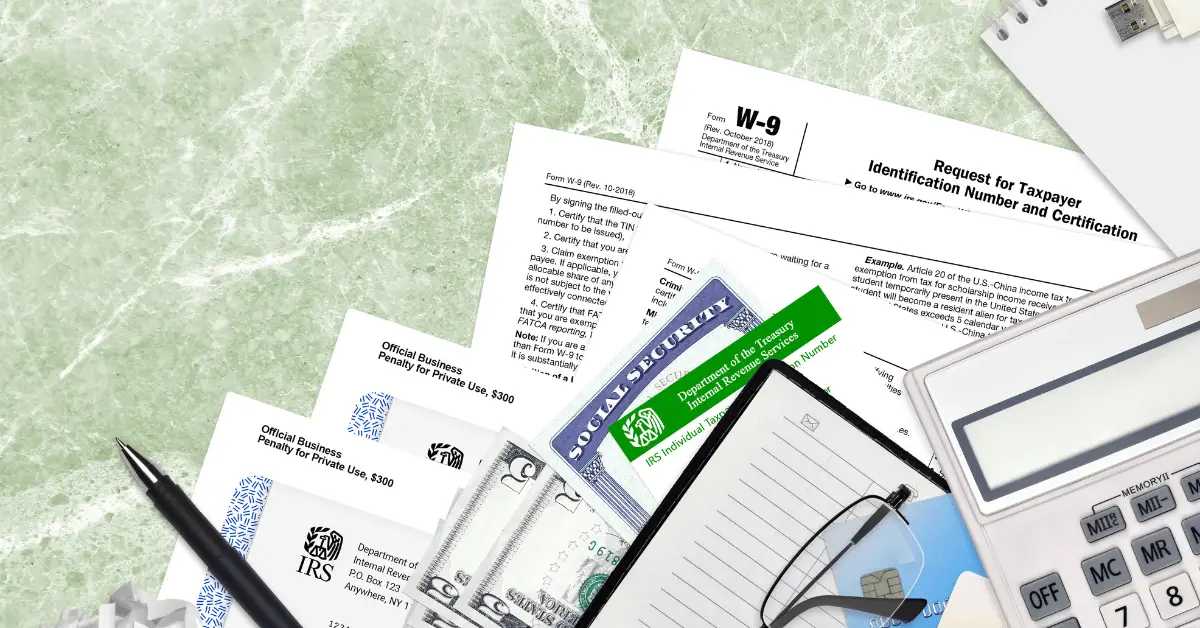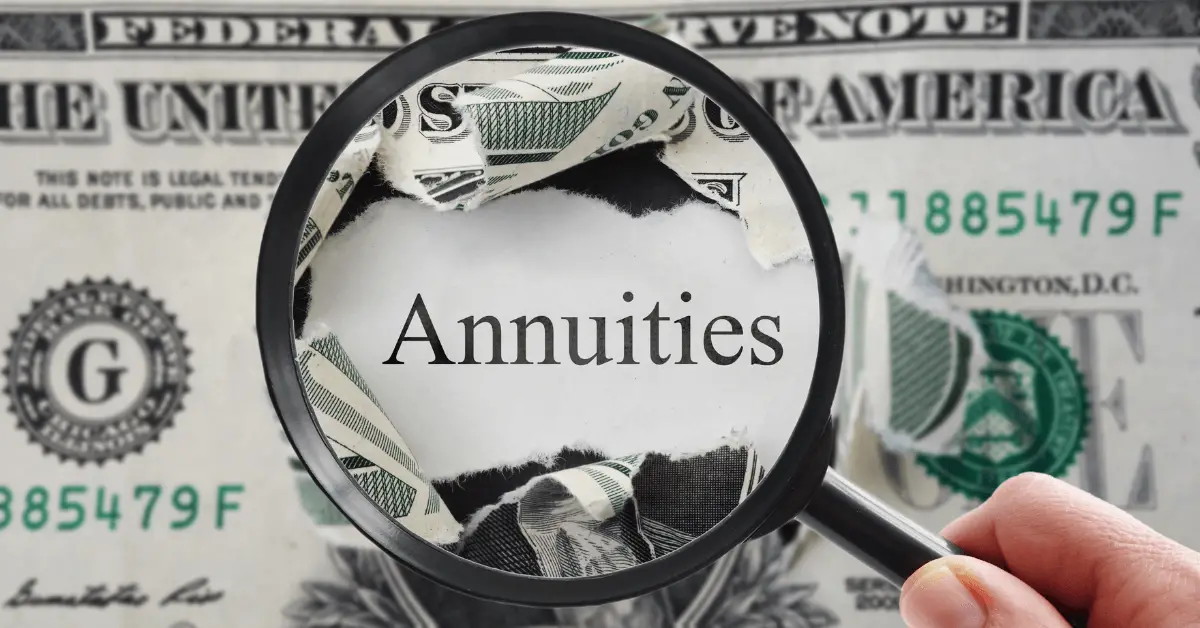Retirement may be a time that most of us look forward to. Where we are free to pursue our passions, relax, and enjoy the fruits of our hard-working labor. However, when it comes to financial stability many Americans are facing a disheartening reality.
And, even if you have found a way to secure your retirement, maximize on savings, or earn money in retirement, it’s important to be aware of the potential hidden fees that can eat away at that same income.
So, we’re making it easy for you. We’re breaking down the 11 hidden fees to watch out for in retirement, offering you the kind of knowledge and insight to safeguard your financial future – for the better.
1. The “advisor” ambush
In retirement, many seek the guidance of a financial advisor to manage their investment and ensure a secure (and stable) retirement. However, as expected, these advisors charge fees for their services. Of course – they’ve got to eat somehow. But it’s essential to understand how the fee structure actually works and compare advisors to find one who actually aligns with your goals. Depending on your investment, advisory fees can be some of the highest you’ll pay. You’ll want to avoid this hidden fee for sure!

Hot tip: Advisors are known to talk in “basis points” which means tiny fractions of a percentage point. Translation: an advisory fee of 1% is typical, which compromises 100 basis points, and 50 basic points = 0.05%. If your portfolio is valued at $500k and you’re being charged a 1% advisory fee, you’ll have to pay $5k annually. Keep an eye on these fees early and don’t be fooled by a seemingly low percentage!
2. The “401(k) expense” assault
While many mid-to-large sized companies offer 401(k) plans, many people who contribute to them have no idea of the costs associated with these retirement savings plans. Depending on the funds you select, you could very well be faced with a high expense ratio. One that will slowly chip away at your hard-earned savings. Even if these expenses weren’t expressed explicitly before you signed up.
Hot tip: Choose funds with low expense ratios! They can be anywhere from 0.5% to 2% – which may seem small, but as interest compounds over time, so does a 2% expense ratio. It’s best to look for the lowest expense ratios available to you.
The “tax-time” trickster
As you approach retirement age, it’s important to keep in mind you won’t be exempt from the complexities of tax filing. They’ll likely become one of your biggest expenses and if you have diverse income sources (such as rental properties or investment accounts) you may need professional assistance to navigate your tax laws.
Traditional 401(k) plans and individual retirement accounts may be tax-deferred, which can help maximize savings, but will charge you a hefty tax when you withdraw from these accounts. Interest earned through these accounts is taxed at your normal income rate, and the income that some bonds generate may actually be taxable as well. Similarly, any profits from selling an investment will be taxed at a capital gains rate.

Hot tip: Know where to put your money first, before you start putting it into any taxable accounts. Such as mutual funds or bonds. It’s a great way to avoid hidden fees in retirement!
4. The “credit card” crook
If you decide to use a credit card linked to your retirement account, be cautious of credit card fees that can eat into your savings. And no, we’re not just talking about your stock-standard credit card fees. We’re talking about the kind of fees associated with linking your credit card to your retirement account.
These fees can include annual fees, balance transfer fees, cash advance fees, and late payment fees.
Hot tip: Always read the fine print and choose credit cards that align with your financial goals and minimize unnecessary charges. Be sure to ask about linking it to your retirement account early to avoid as many nasty surprises as possible.
5. The “required minimum distribution” snare
Once you reach around a certain age in the United States, typically around 72, the IRS actually requires you to start taking minimum distributions from your retirement accounts.
We know – it should be entirely your business how and when you choose to spend your savings. But failing to take these distributions can result in substantial penalties. While it may not be a hidden fee as such, it’s crucial to be aware of this requirement to avoid any unnecessary penalties and plan accordingly.
Hot tip: You can postpone required minimum distributions from your 401(k) and 403(b) plans if you’re still working – as long as you don’t own any more than 5% of the company in question.
6. The “early withdrawal” menace
While it’s important to take minimum distributions from your retirement accounts, you also need to be careful when it comes to the other end of the spectrum. It’s generally advisable to let your retirement savings grow untouched until you reach the eligible age for withdrawals, but unexpected circumstances arise. And, if you find yourself in a position where you need to make an early withdrawal, be aware of the potential penalties and fees associated with your retirement account.

Hot tip: Familiarize yourself with the rules and choose accounts with more lenient withdrawal policies, if flexibility is crucial to you. Or, if you want to set yourself up for the most secure future possible.
7. The “beneficiary change” bandit
Life is full of surprises – and don’t we know it. Sometimes, you may need to update the beneficiaries listed on your retirement accounts. However, certain providers may charge hidden fees for making beneficiary changes.
Hot tip: Stay informed about the policies regarding beneficiary updates. Choose retirement accounts that offer flexibility without additional charges. Even if you don’t think it’s important now, it’s a great way to set yourself up for financial security and a stable retirement in the long run.
8. The “inactivity” incursion
While the entire point of your savings account should be exactly that – to save – some retirement accounts may impose fees if you don’t make any transactions or contributions for a specific period.
It can be an unexpected blow if you’re taking a break from actively managing your investments, contributing, or just trying to stick to saving.
Hot tip: Fees could land anywhere from around $50 – $200 so it’s important to stay vigilant and opt for retirement accounts that don’t penalize you for a temporary hiatus. More so, you may want to keep engaging in your trades (even if it’s just token gestures of moving things around) if you’d prefer to avoid these fees altogether.
9. The “paper statement” predator

Gone are the days of receiving paper statements in the mail – without a cost. Yep, if you didn’t already know, many financial institutions charge a fee for providing printed statements. While you can definitely embrace the digital age and switch to electronic statements to save on unnecessary expenses (and contribute to a green environment) it’s best to keep in mind that, if you do want paper statements, you’ll need to pay additional fees.
Hot tip: Want a paper statement but don’t want the fees? Go to your local library. There, you can not only access your online statement, but you can always hit “print” on the online statement, print it to the public printers and voila! Your own paper statement, hidden-fee free.
10. The “account closure” conundrum
Closing a retirement account may seem like a straightforward (and, moreso, standard) process, but you’d be surprised to know there are hidden fees associated with account closures too! Some providers may impose charges when you decide to bid farewell to their services – a final little stab at profit that can be detrimental to your retirement savings.
Hot tip: Review the terms and conditions before opening an account. And, yes, we’re sure you “always read the terms and conditions” but we mean it when it comes to opening a retirement account. It’ll help you ensure you’re not trapped by hefty closure fees if you decide to make a change – especially if you’re already worried about the current state of your savings account.
11. The “angry annuity” fee
Annuities are financial products that provide a steady stream of income during retirement. It’s a type of insurance that pays out a fixed sum to the holder every year and they can be a great way for people to receive a steady income stream for their lives.
However, you may not be super aware of the high fees often associated with administration, mortality, expenses fees and surrender chargers.

Also, keep in mind that annuity rollover fees are another hidden cost that can double down when it comes to annuity. Some are tied to mutual funds – which are often tied to the sometimes-volatile stock market – and others function through an insurance brokerage, meaning fixed rates and guaranteed minimums.
Hot tip: Before investing, carefully assess the associated fees and consider alternative investment options. Commissions can soar as high as 10%, surrender charges can range anywhere from 7% to 20% in just the first year – look for the lowest possible. Don’t hesitate to ask if it’s not made available to you early. Though, if someone’s not super comfortable telling you these hidden fees, we reckon that’s a pretty good sign to avoid that annuity!
When it comes to your rollover fees? Be sure you’re following the guidelines as carefully as possible to ensure you’re not getting slammed with hidden fees (as well as other costs such as higher expense ratios or administrative fees). Also, keep in mind that the IRS allows for tax-free exchange of annuity contracts as long as they fall under the same tax status.
And that’s a wrap on our 11 hidden fees to watch out for in retirement! While we’ve covered as many as we could, we know that retirement is rife with hidden fees. We recommend our readers stay wary when it comes to any kind of retirement savings contract.
But we hope this guide will help you assess some of the most common surprises and feel a little more prepared stepping into retirement.
Because, just as we always say: retirement doesn’t have to be the end. It’s just the very beginning, in fact.
If you’d like to learn more about how to earn money in retirement through various side hustles, tips and tricks on retirement savings, or interesting reads on the state of retirement in the United States today? Explore our full range of helpful blogs and articles here.

